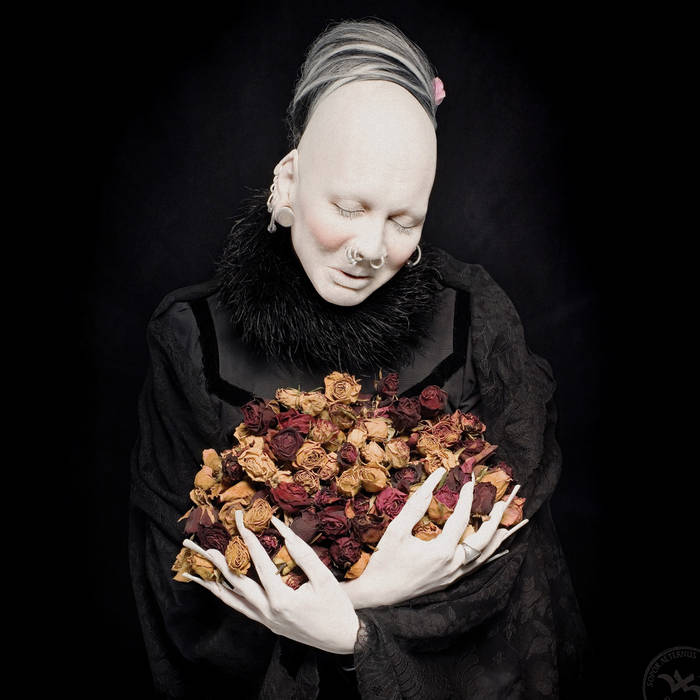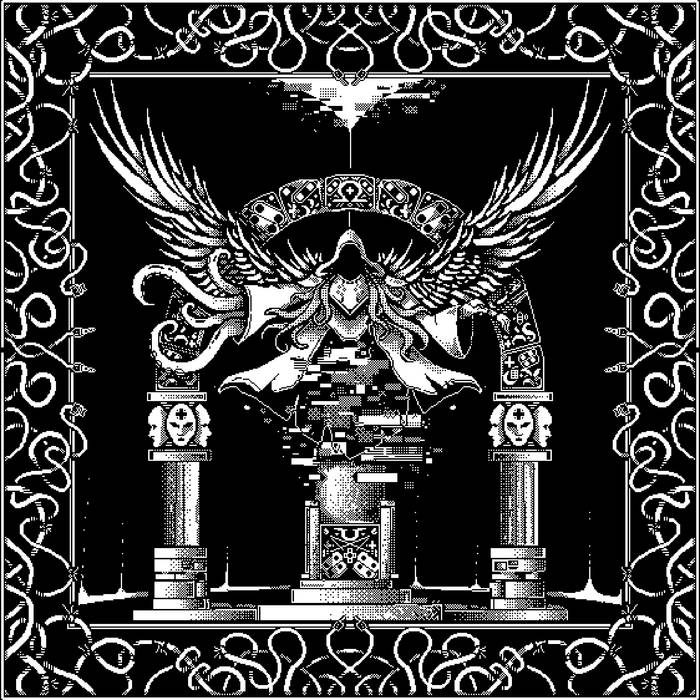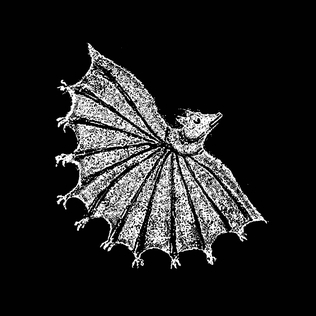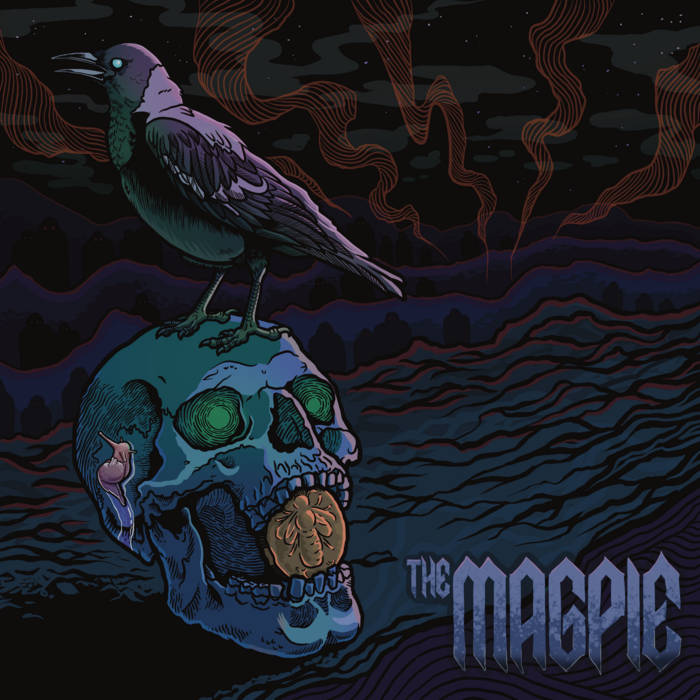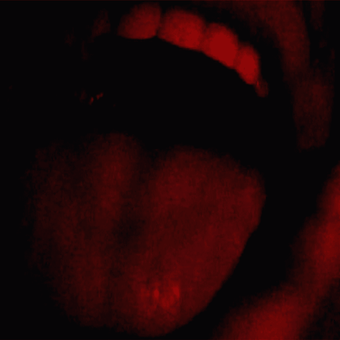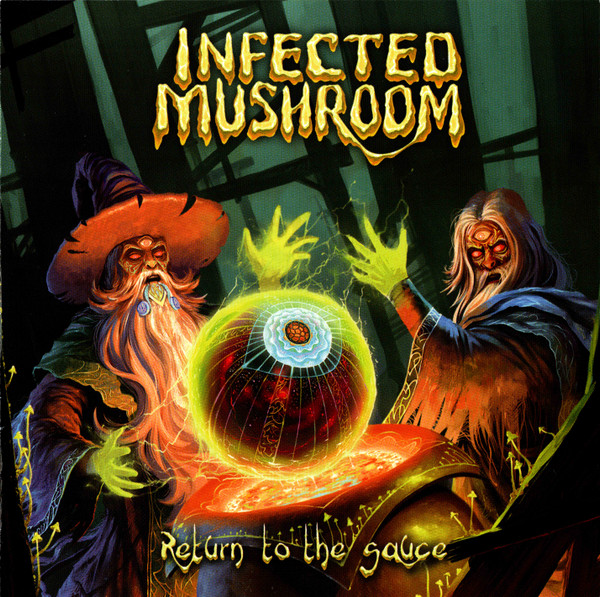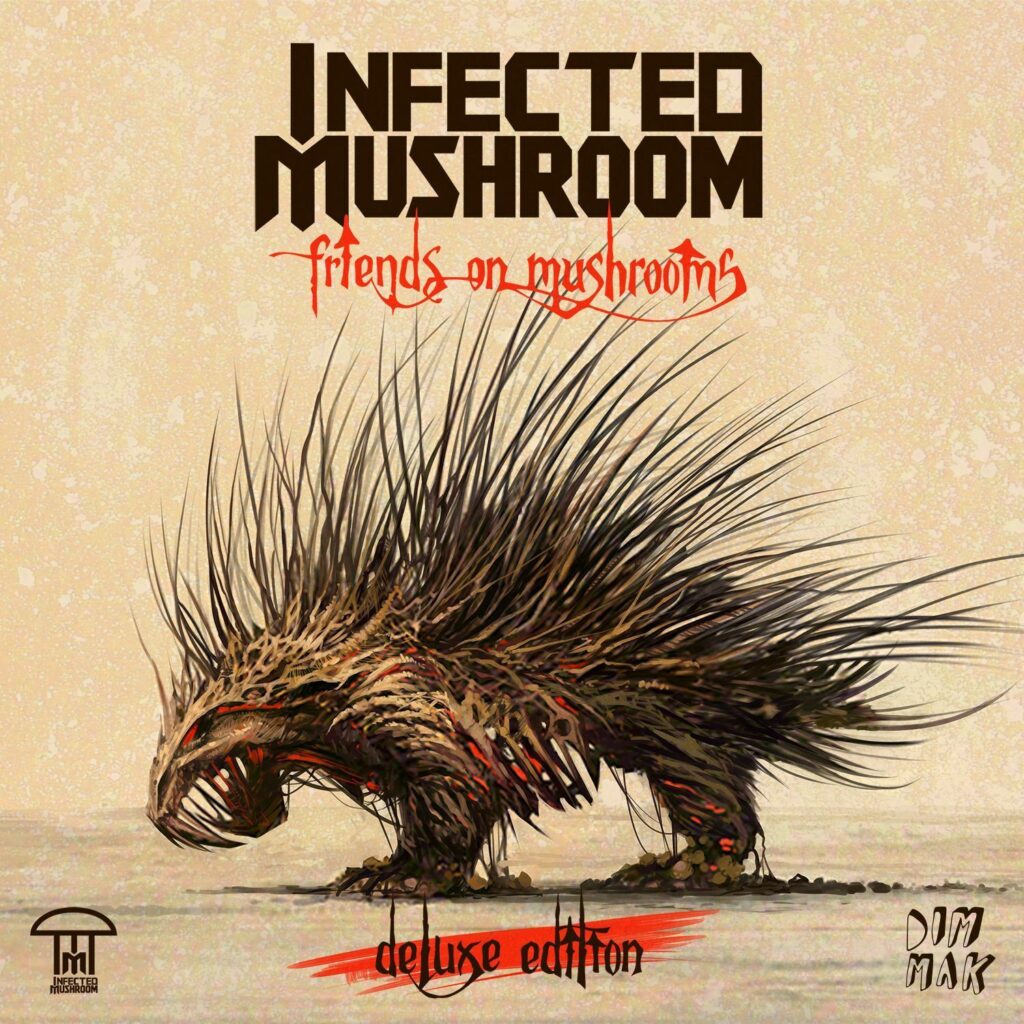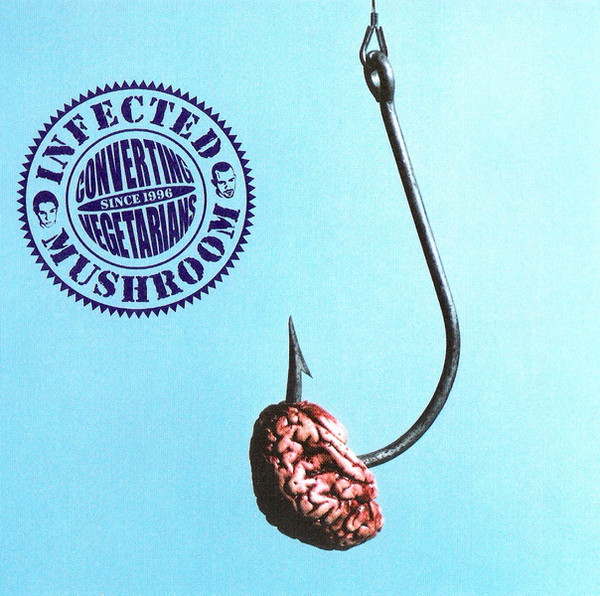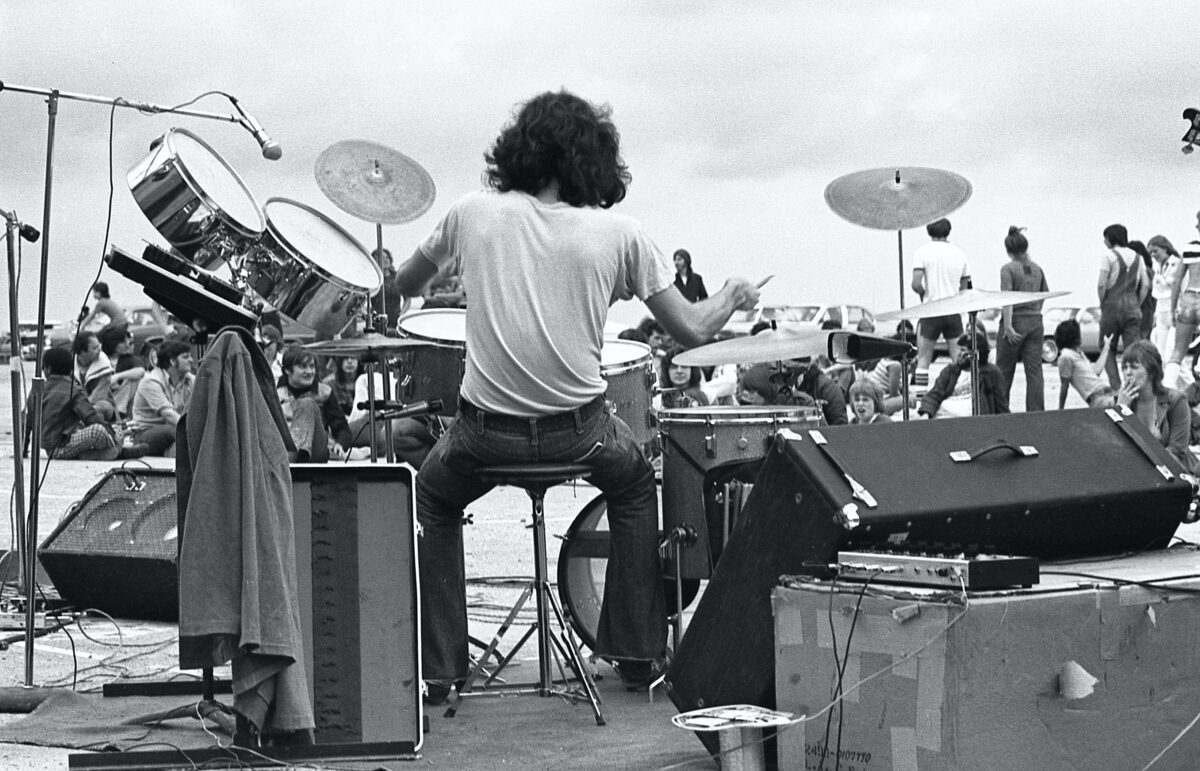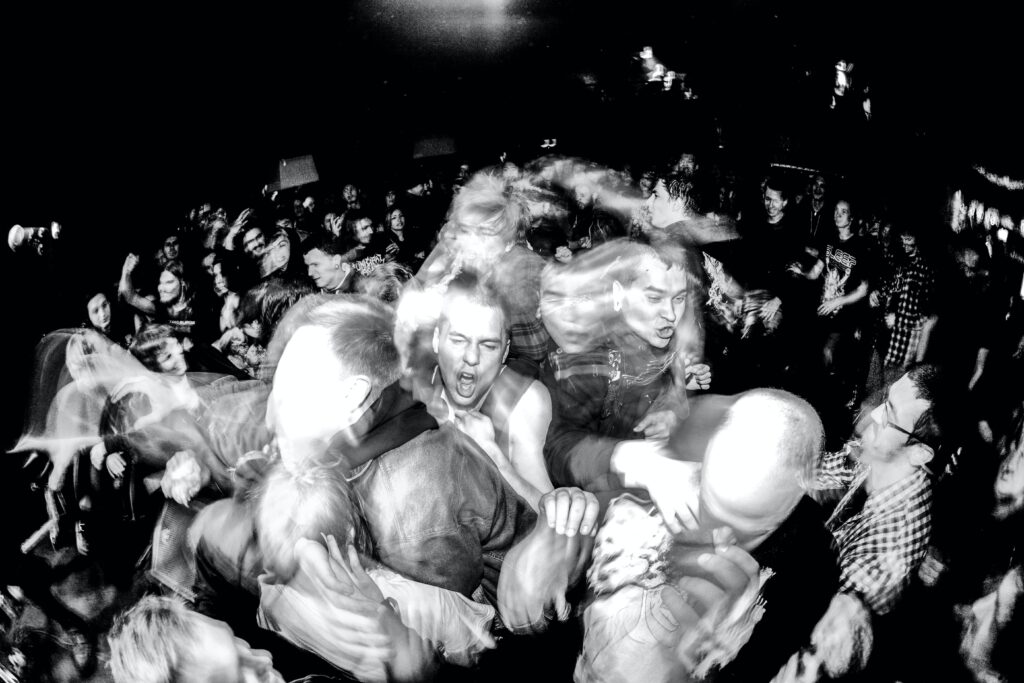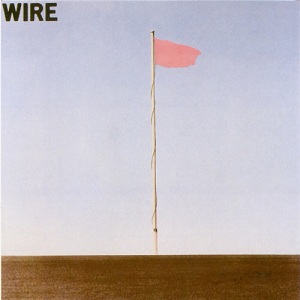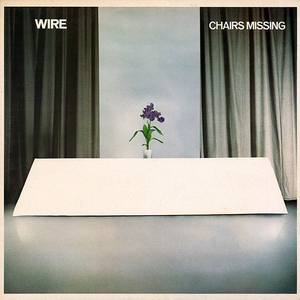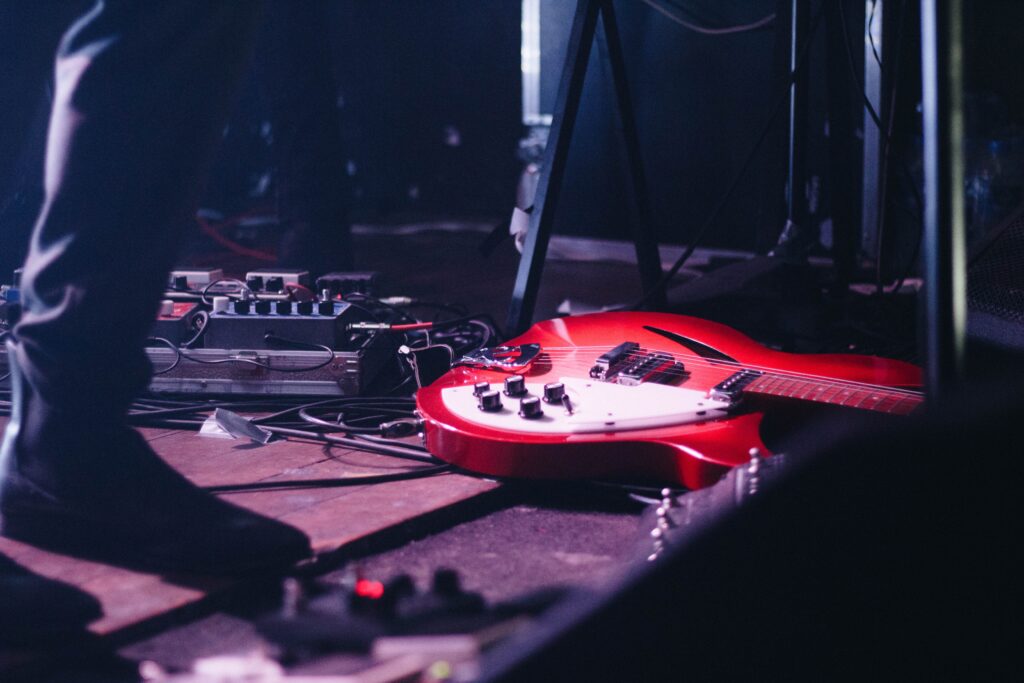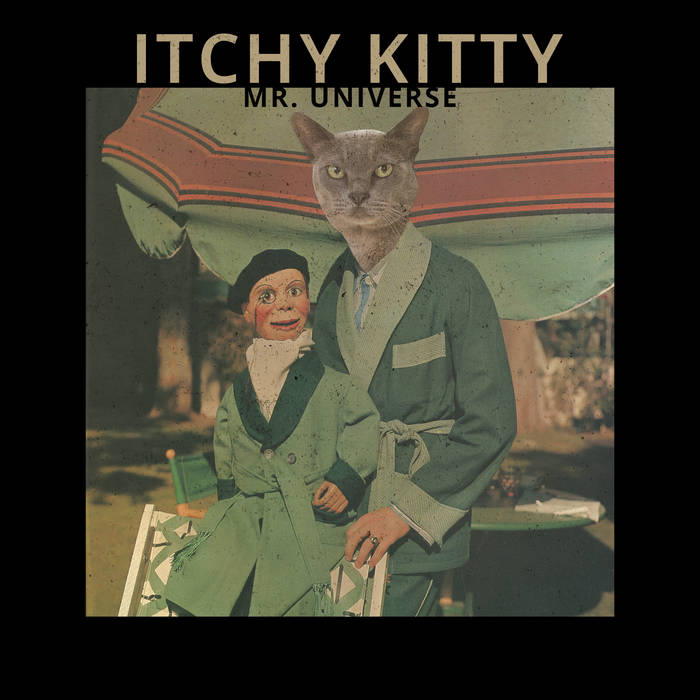Sopor Aeternus & The Ensemble of Shadows is the musical brain child of Anna Varney Cantodea.
From the moment of its conception in Germany in 1989, the musical project defines itself through its basis in the “sacred trinity” of music, poetry and visual appearance.
Though arguably underrated in the goth scene, Sopor Aeternus is unequivocally striking both musically and visually, making it (in my opinion) one of the most important projects in the subculture today.
The project is best enjoyed holistically, affording appreciation of both its music and its stunning visuals.

Sopor Aeternus, or Eternal Sleep
While Varney exists as the self-proclaimed “sole protagonist” of the band — the Sopor Aeternus, if you will — she credits much of her inspiration to the “Ensemble of Shadows,” whom she describes as the “spirits” who deliver her the ideas for musical compositions.
Varney also claims that the influence of this “Ensemble of Shadows” dissuaded her from suicide following the production of her second album, “Todeswunsch – Sous le Soleil de Saturne” (“Deathwish – Under the Sun of Saturn”) in 1995.

Though infused with elements of classical, baroque, medieval and even electronic music, Sopor Aeternus continually roots itself in a starkly “gothic” sphere.
Which makes sense, as the project’s basis lies in its purpose as an expression of “extreme, intense pain.”
On her website, Varney describes her musical project as “magic(k)al, spiritual work … a perpetual stock-taking … a constant analysis … crisis & observation … invocation & exorcism.”
According to her philosophy, “life” and “art” are inexorably linked. Each musical release represents Varney’s process of coming to terms and moving on from events in her life.
Discography
Many artists, especially in the goth scene, liken their musical process to ritual. Varney, however, takes this a step further by conceptualizing music as a deeply personal, intimate experience.
As such, she refuses to engage in live performances and claims to record all her songs in a single take, never revisiting them after leaving the studio.

Varney’s current discography consists of a vast assortment of music, including three demo tapes, 16 albums, eight EPs and 11 singles.
My personal favorite of Varney’s works is her 2020 album “Island of the Dead,” which draws from her experience as a trans woman dating a married man.
Possessing a blend of humor and heartwrenching honesty, the album is theatre in its purest form, a prolonged dialogue between Varney, her lost love, and herself.
Final Thoughts
It’s difficult to describe Sopor Aeternus, because it stands as something so artistically rich.
Trying to confine it within the stricture of words is like trying to summarize the totality of a play or novel in a single sitting. It’s impossible to capture everything.
What I’d say is the best thing to do in order to gain even a sense of what Varney brings to the table is to listen through one of her albums with the awareness of its personal nature.
It’s not uncommon for artists to infuse their work with aspects of themselves. Especially in music, it’s a common practice.
But it’s less common to see the practice represented so holistically — the intersection of gender, sexuality and mental health made manifest — in an overarching musical “universe.”
Deeply philosophical, irreverently gloomy and subtly witty, Sopor Eternus & The Ensemble of Shadows is a “project” in the most literal sense, and one I highly encourage anyone with a taste for the avant garde to explore.

